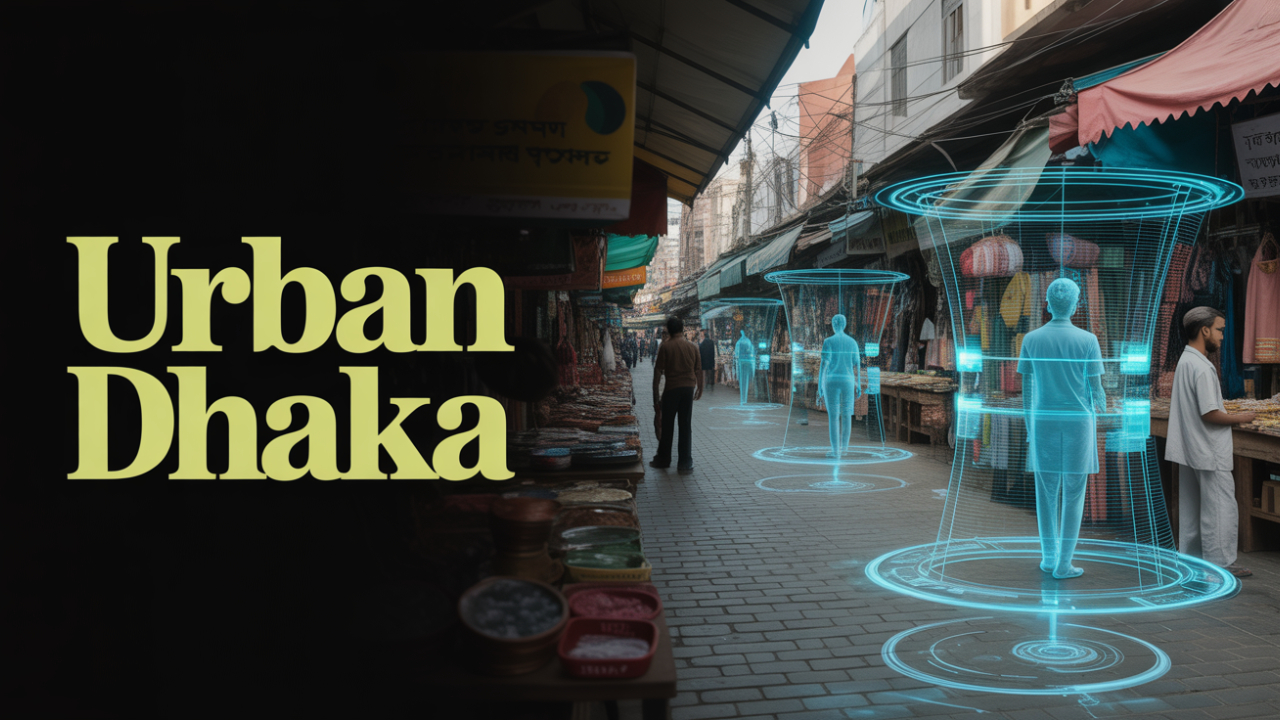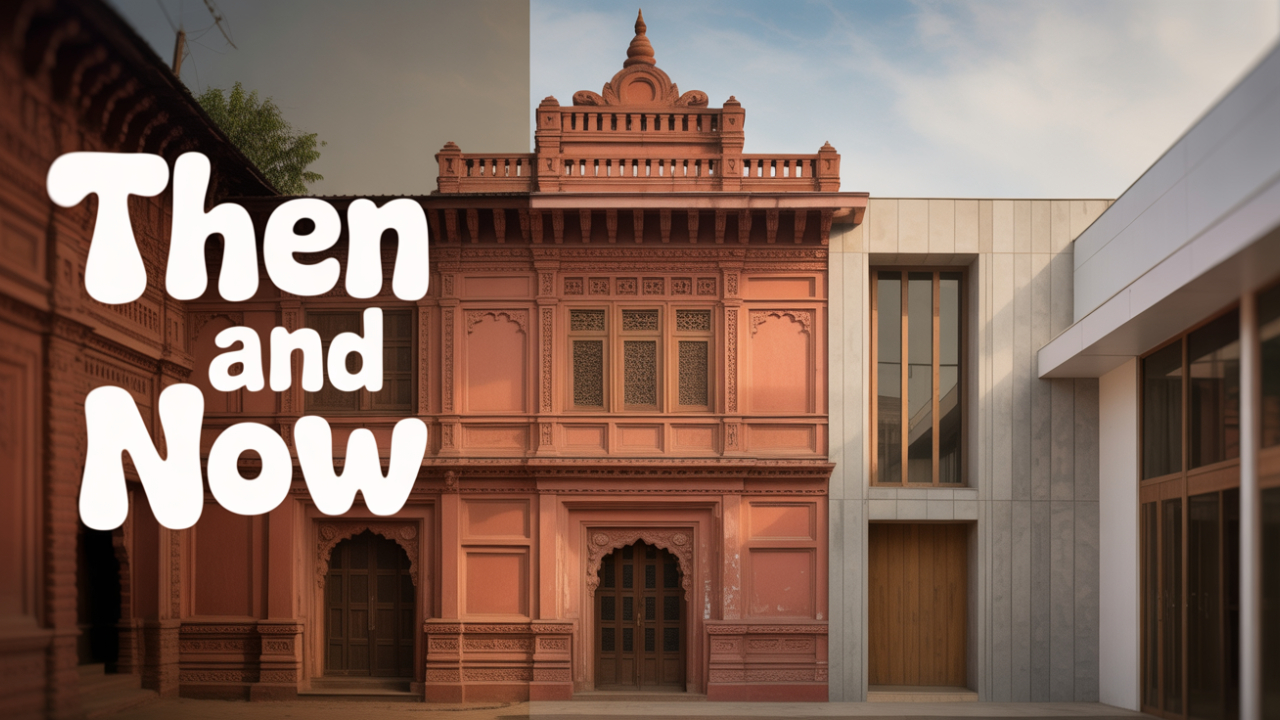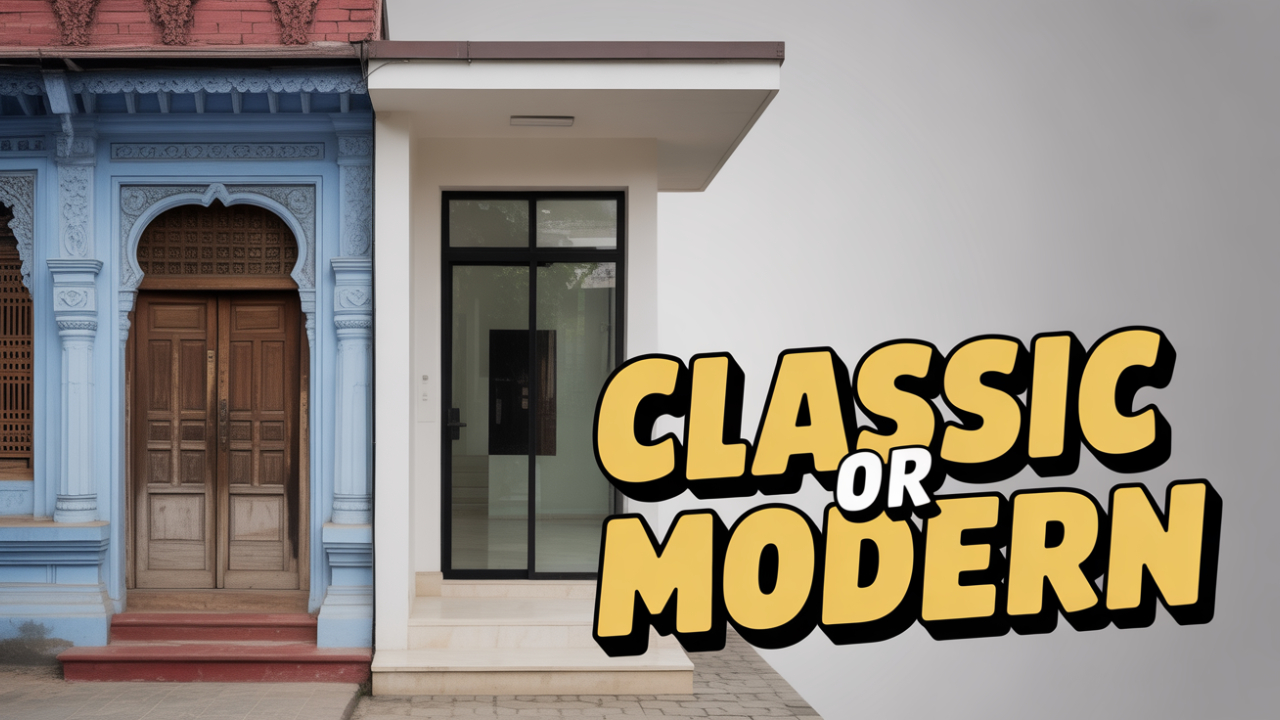📢 Enjoy 100% Free Consultation | Shop Smart Locks by- Samsung, Bosch & Philips | Buy RFID Hotel Locks |
Explore our Services |
Our Digital Marketing Agency: 

Urban living often feels fast paced and concrete heavy, but landscaping has quietly transformed how cities breathe, look, and function. Beyond beautification, thoughtful landscaping affects everything from public health to property values. This article explores how landscaping shapes urban living spaces and why its role continues to grow in modern city design.
Landscaping is not only about planting trees or adding flowerbeds. In urban areas, it is a strategic design tool that:
Creates green buffers between people and infrastructure.
Balances natural and built environments.
Improves the livability of neighborhoods.
In many cities, urban landscaping functions as a bridge between aesthetic appeal and practical necessity. A park, rooftop garden, or tree lined street does more than look good. It actively improves daily life.
Explore: thoughtful design improves urban living by making spaces more comfortable, more connected, and more sustainable.

Concrete, asphalt, and glass trap heat, making cities hotter than surrounding rural areas. Landscaping with trees, grass, and green roofs helps lower these temperatures. Shade and evapotranspiration from plants cool the environment naturally and reduce reliance on air conditioning.
Trees and shrubs act as natural air filters. They absorb pollutants such as nitrogen dioxide, carbon monoxide, and particulate matter. This reduces health risks in dense urban neighborhoods where traffic emissions are unavoidable.
Paved surfaces prevent water from soaking into the ground, causing floods and sewage overflow. Landscaped areas with permeable soil, rain gardens, and bioswales absorb water, reduce runoff, and prevent damage to infrastructure.

Ready to transform your office? Get in touch with the best interior firms in Bangladesh to start designing a space that aligns with your startup’s goals and culture. The right design can make all the difference!
Green spaces provide relief from the sensory overload of city life. Studies consistently show that access to landscaped areas reduces anxiety, improves mood, and supports better sleep. A walk through a park or garden can have the same calming effect as meditation.
Landscaped plazas, parks, and community gardens create shared spaces where residents gather, interact, and build social ties. These areas become informal community hubs that strengthen neighborhood identity.
Well designed landscapes encourage outdoor activity. Walking trails, bike paths, and shaded sidewalks invite people to exercise naturally, reducing sedentary lifestyles common in urban centers.
Homes and apartments near landscaped parks or tree lined streets command higher prices. Buyers and renters associate greenery with safety, prestige, and comfort, making it a long term investment for both cities and property owners.
Landscaping draws foot traffic. Streets with greenery encourage people to linger, dine outdoors, and shop locally. A shaded bench or a small landscaped square can indirectly increase revenue for nearby businesses.
Natural landscaping reduces the need for expensive stormwater systems, heat mitigation technologies, and pollution control measures. This means cities save money while creating healthier environments.
New York City’s High Line: An abandoned railway turned into a linear park that boosted tourism, property values, and urban biodiversity.
Singapore’s Green Infrastructure: Known as the “Garden City,” Singapore integrates vertical gardens, rooftop greenery, and urban forests as part of city planning.
Copenhagen’s Climate Adaptive Parks: Parks designed to absorb floodwater during storms also serve as recreational spaces during dry seasons.
These examples prove landscaping is not decoration. It is a functional necessity in sustainable urban growth.
Meanwhile, multipurpose furniture can be an essential part of stylish and practical living as urban spaces become smaller.
Using native plants that require less water and care.
Installing green roofs and living walls to maximize limited space.
Designing landscapes with low maintenance irrigation systems to conserve water.
Smart irrigation, drone monitoring, and data driven soil analysis are making landscaping more efficient. These innovations help cities scale green initiatives without excessive costs.
Cities increasingly support residents in co creating community gardens, shared courtyards, and small pocket parks. These projects give residents ownership and strengthen engagement with their living spaces.
Despite its benefits, urban landscaping faces hurdles:
Space limitations: Dense city blocks often leave little room for greenery.
Maintenance costs: Trees and gardens require care, pruning, and irrigation.
Climate challenges: Extreme heat, floods, and droughts make sustaining green infrastructure difficult.
Addressing these challenges requires creative design, funding models, and community involvement.
Landscaping is more than decoration. It is a powerful tool that shapes the way people live in cities. From cooling down neighborhoods and filtering the air, to encouraging social bonds and boosting property values, well-planned landscaping is central to creating livable and resilient urban spaces. As cities continue to grow, prioritizing green infrastructure will not just make them more beautiful, but also healthier, sustainable, and economically stronger.
Author: Al-Amin Ifty, Design Doctors Studio @2025
We invite you to make contact with our design studio to collaborate or enquire about a project.